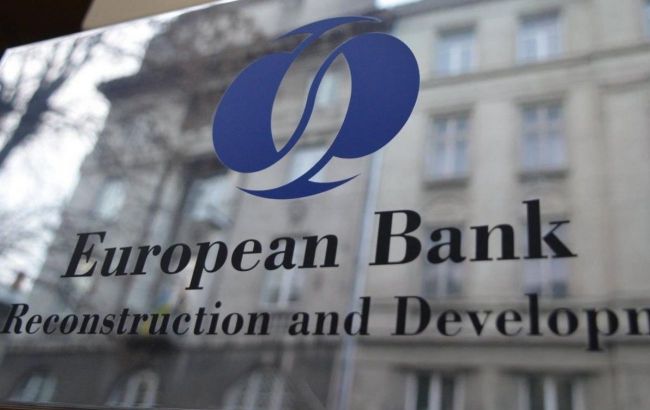Russian invasion of Ukraine affects Eastern European economies - EBRD
 Illustrative photo (Getty Images)
Illustrative photo (Getty Images)
The Russian invasion of Ukraine has increased the cost of sovereign borrowing for ten Eastern EU members, raising costs by approximately half a percentage point since the beginning of the war, according to the EBRD (European Bank for Reconstruction and Development) forecast.
"You see the impact of the war on central Europe. Many governments are openly talking about their fear of being attacked and that certainly is a signal that is received by the markets," said EBRD Chief Economist Beata Javorcik in an interview with Bloomberg.
According to the EBRD, the debt spread to five-year German bonds for EU countries in the EBRD region sharply increased after the war began and remains above 100 basis points. This includes countries such as Poland, Hungary, Croatia, and Latvia.
The report states that in the EBRD regions overall, the median yield on five-year government bonds has increased by three percentage points from the start of February 2022, when the war began, to mid-April 2024. The EBRD operates in around 40 countries across three continents, from the EU's east to Central Asia.
Mitigating role of EU membership
Eastern members of the European Union have been among the strongest critics of Russia's invasion of Ukraine, advocating for tougher sanctions and providing military aid to Kyiv. According to the EBRD, while their geographical proximity to the conflict has increased borrowing costs, EU membership has significantly raised living standards.
According to Javorcik, for the eight Eastern European countries that joined the EU in 2004, membership has been a huge success. Their economies now account for 50% of Germany's GDP per capita compared to 26% in 2003. According to the report, about half of this growth is attributed to the effect of joining the bloc.
"It’s no wonder that other countries are interested in EU accession," Javorcik said.
EBRD forecast
The European Bank for Reconstruction and Development predicts that Ukraine's economy will grow by 3.0% in 2024. This figure aligns with the forecast for the entire region where the bank operates.

